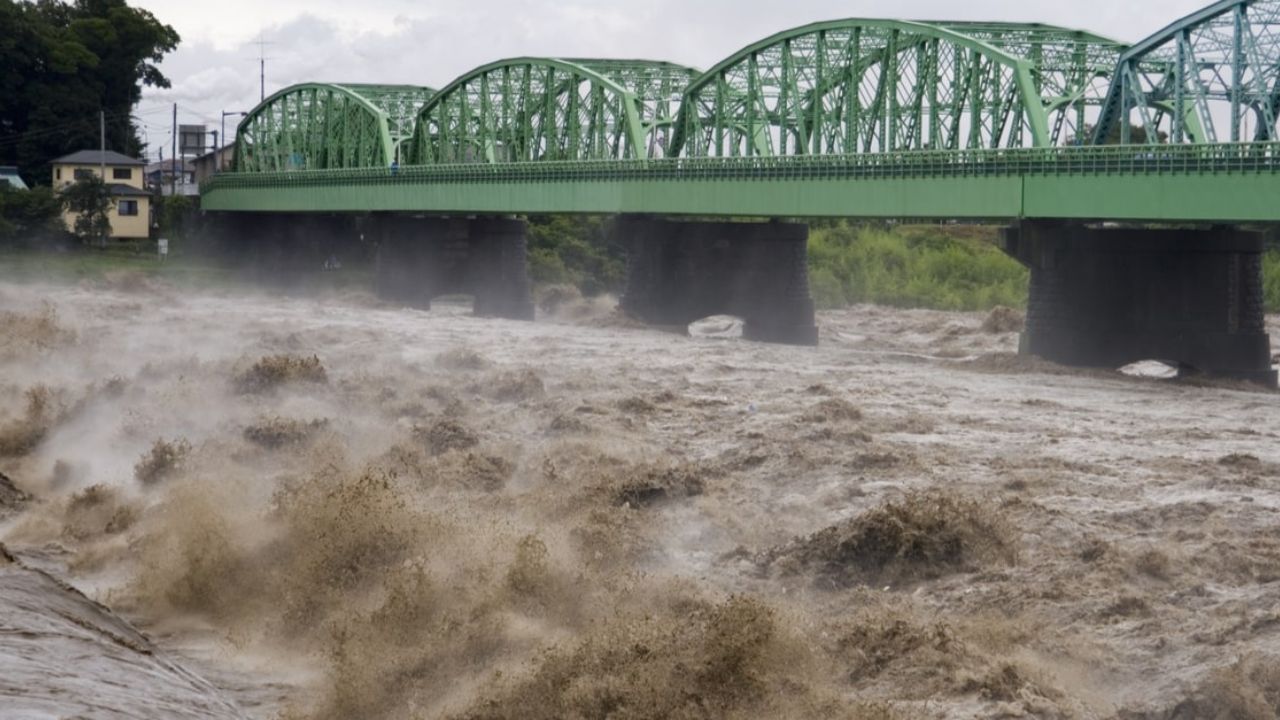Japan, a land of beauty and resilience, frequently faces the destructive power of heavy rain. The impact of heavy rain is particularly severe, leading to devastating floods, landslides, and mudslides. These events disrupt lives, damage infrastructure, and leave communities struggling to recover.
Understanding the unique challenges posed by Japan’s heavy rain is crucial for effective disaster preparedness and response.
You can make a difference by donating to Japan’s heavy rain relief efforts.

Your donations help Peace Winds provide long-term recovery aid in Japan. You can donate from abroad.
Peace Winds is a non-profit organization that supports disaster relief and recovery in Japan and abroad.Your donations will allow them to provide immediate relief when disasters strike and to maintain long-term recovery programs as communities rebuild.Check out Peace Winds’ website to learn about current programs that are helping communities in need.

*Gooddo is partnering with Peace Winds, a nonprofit organization that supports disaster relief and recovery in Japan and abroad.
- 1 The Impact of Heavy Rain in Japan
- 2 Donate for Japan Heavy Rain Relief: Make a Difference Today
- 3 Past Heavy Rain Disasters in Japan: A Stark Reminder
- 4 Secondary Disasters: The Hidden Dangers of Heavy Rain
- 5 Staying Safe During Heavy Rain in Japan
- 6 Japan’s Response to Heavy Rain Disasters
- 7 Conclusion: Support Japan Heavy Rain Relief
The Impact of Heavy Rain in Japan
Heavy rain in Japan is a recurring threat due to the country’s geography and climate. The mountainous terrain, coupled with the monsoon season and the influence of typhoons originating in the Pacific Ocean, creates conditions ripe for intense rainfall. Heavy rain often accompanies these events, exacerbating the danger.
As climate change intensifies, the frequency and severity of heavy rain in Japan are expected to increase, posing even greater challenges in the future.
Donate for Japan Heavy Rain Relief: Make a Difference Today

In the aftermath of heavy rain disasters, communities across Japan face the daunting task of rebuilding. Your support is urgently needed. When you donate for Japan heavy rain relief, your contribution provides essential resources:
Past Heavy Rain Disasters in Japan: A Stark Reminder

Japan has a history of devastating heavy rain events. These past disasters serve as a sobering reminder of the destructive potential of heavy rain:
Secondary Disasters: The Hidden Dangers of Heavy Rain

Heavy rain often triggers secondary disasters that compound the initial damage. These include:
Staying Safe During Heavy Rain in Japan

Protecting yourself during periods of heavy rain is paramount. Follow these safety guidelines:
Japan’s Response to Heavy Rain Disasters

The Japanese government is actively working to mitigate the impact of heavy rain through various initiatives:
Conclusion: Support Japan Heavy Rain Relief
The threat of heavy rain in Japan is a continuing concern. By donating to Japan heavy rain relief efforts, you can provide crucial support to affected communities and help them rebuild their lives.
Every contribution makes a difference. Donate for Japan heavy rain relief today.

Your donations help Peace Winds provide long-term recovery aid in Japan. You can donate from abroad.
Peace Winds is a non-profit organization that supports disaster relief and recovery in Japan and abroad.Your donations will allow them to provide immediate relief when disasters strike and to maintain long-term recovery programs as communities rebuild.Check out Peace Winds’ website to learn about current programs that are helping communities in need.

*Gooddo is partnering with Peace Winds, a nonprofit organization that supports disaster relief and recovery in Japan and abroad.

